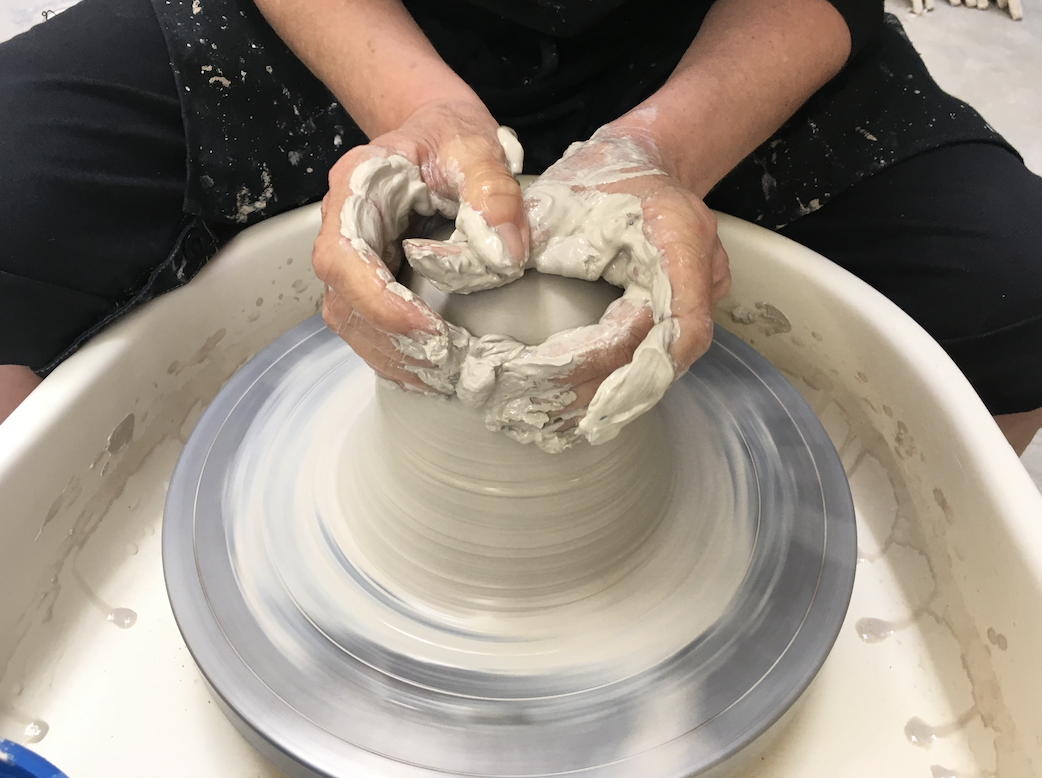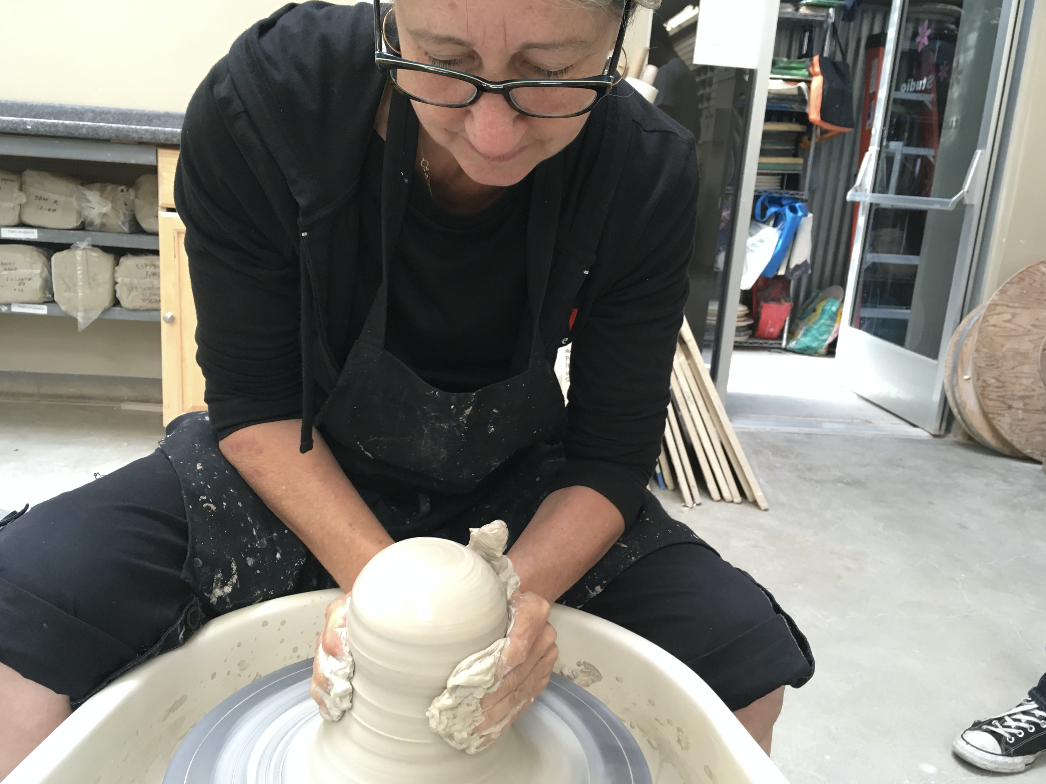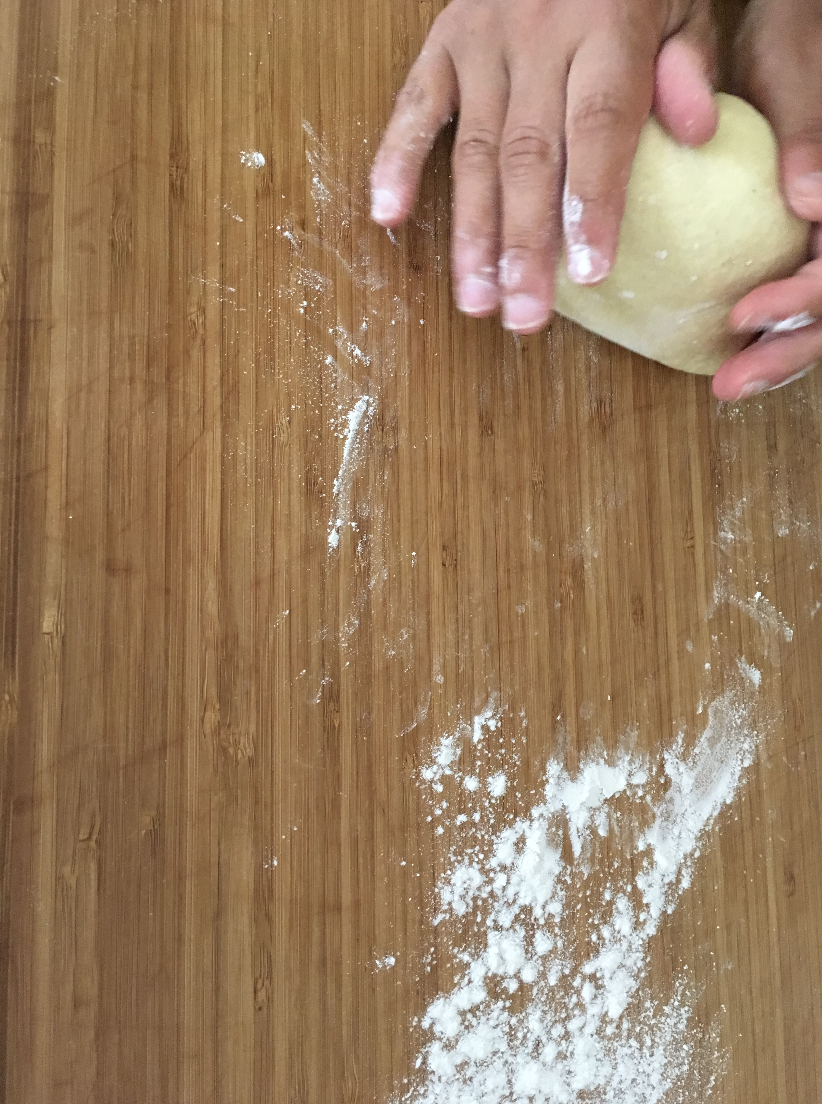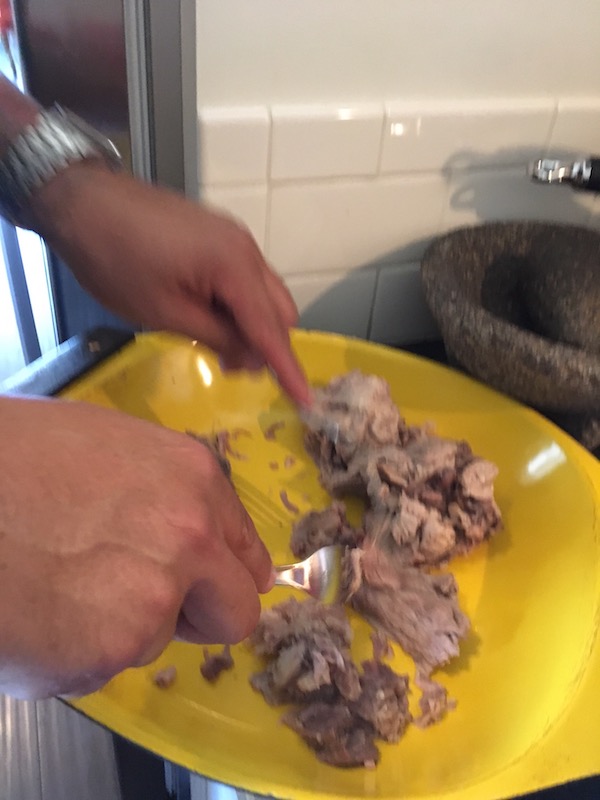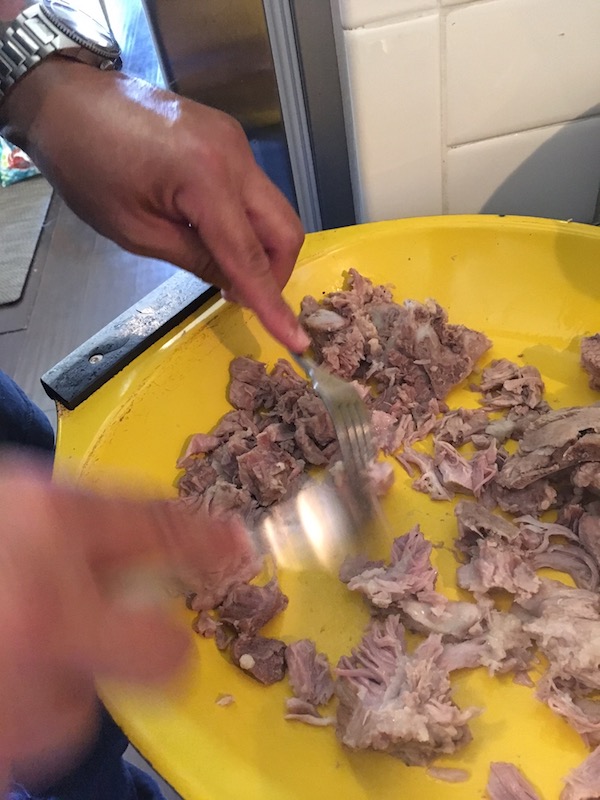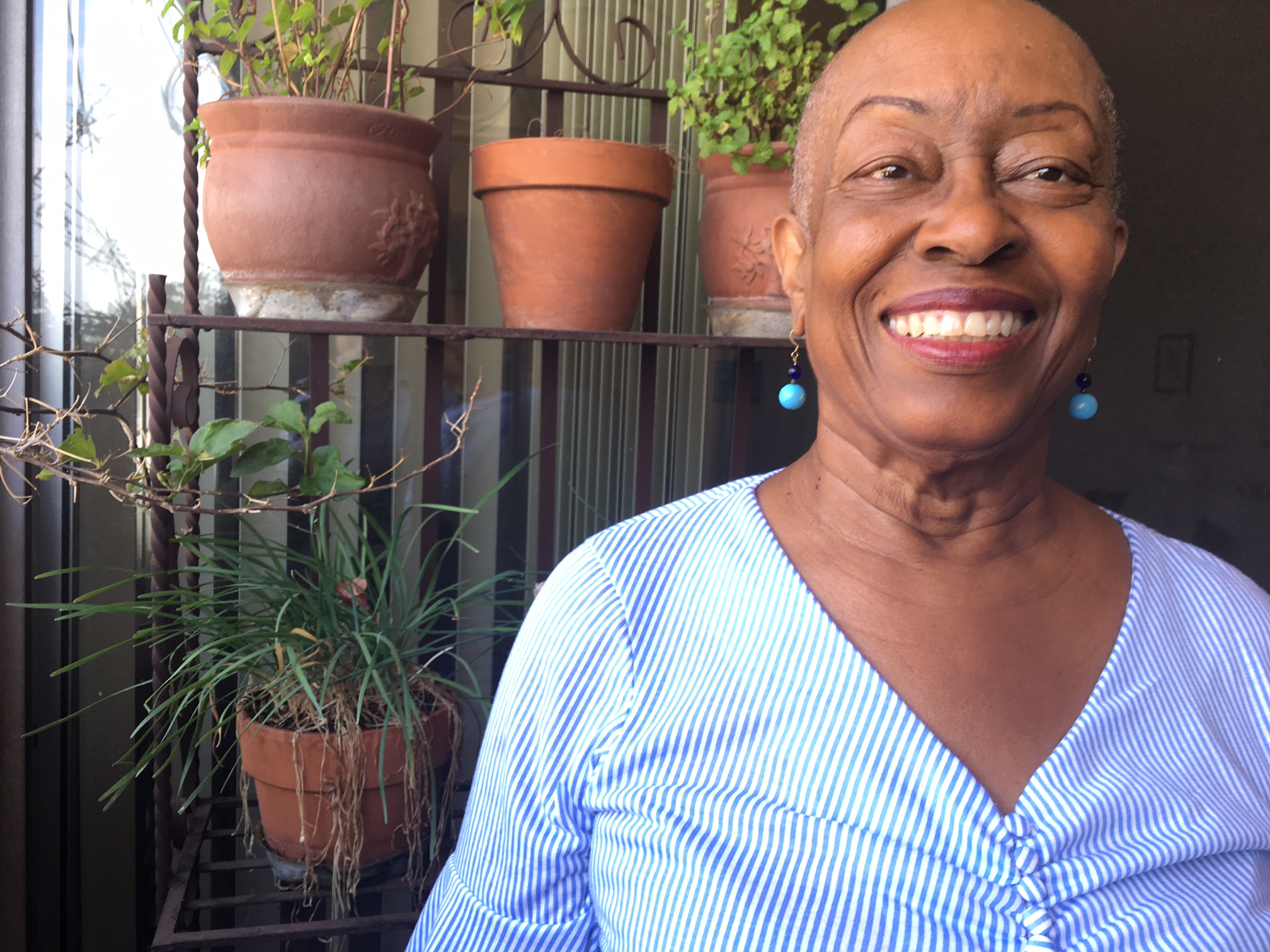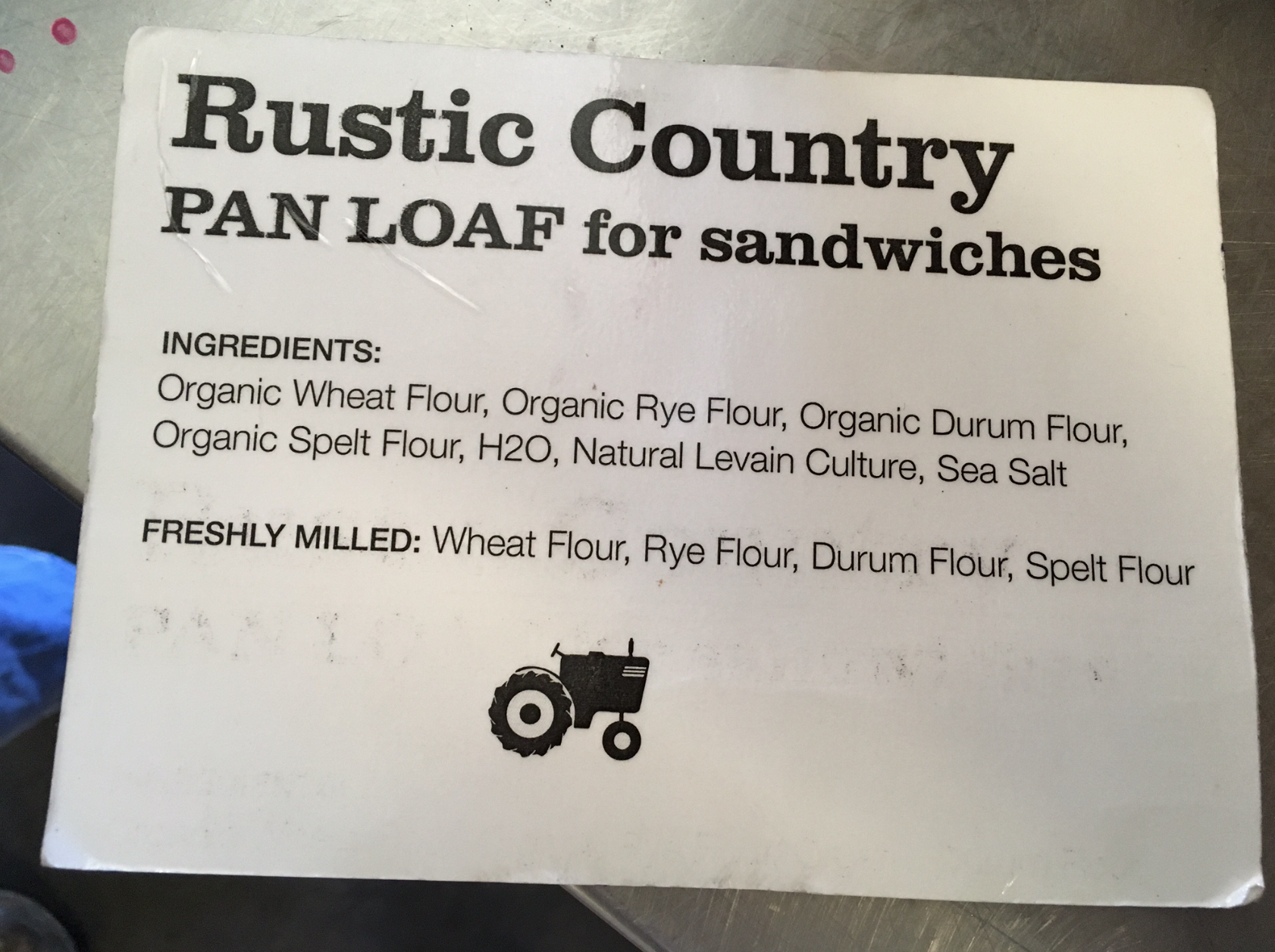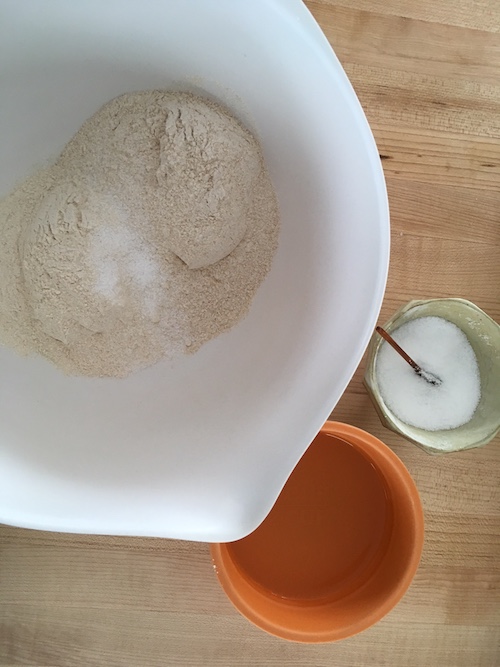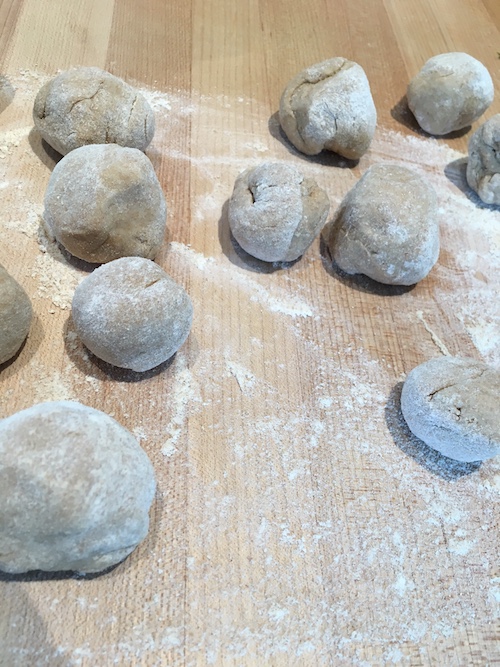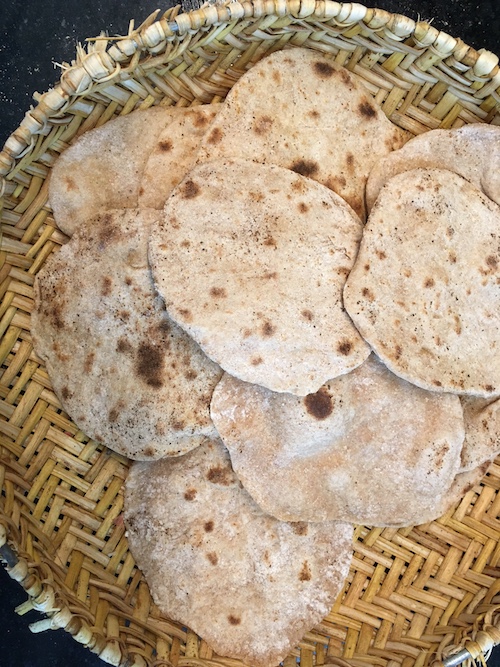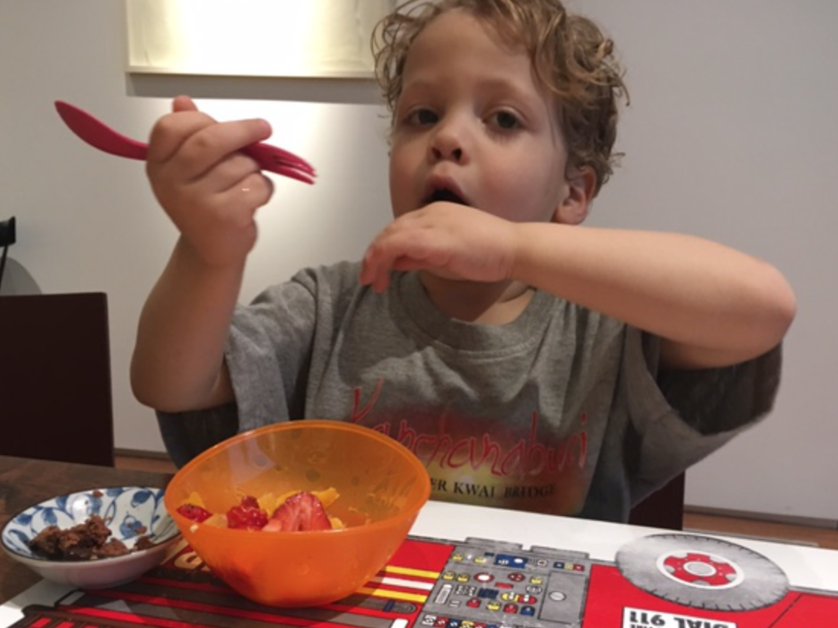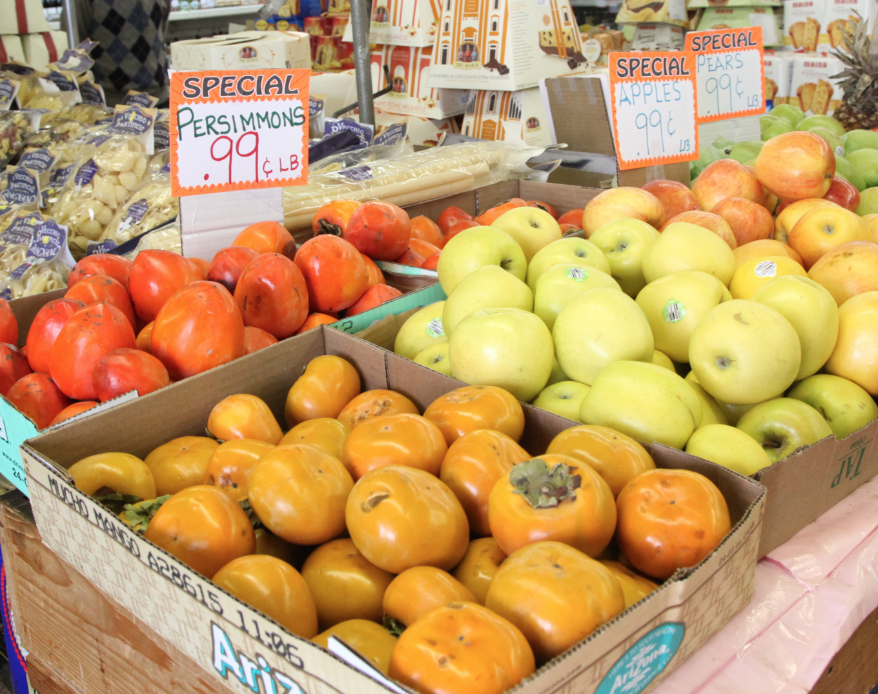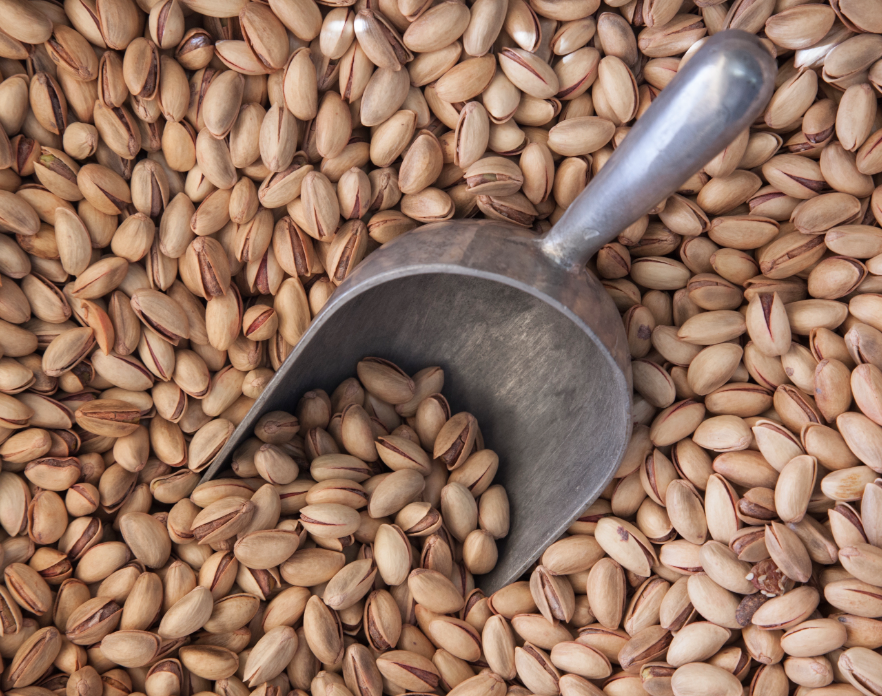Looking up the word mastery proved revealing. Most of the entries had a huckster’s tone to them –assuring us that mastery could be achieved in 10 easy steps and lead to unlimited success in arenas unimagined. What I know of the experience of attempting mastery is that it involves a serious question about identity as well as inner fortitude, single mindedness, wonder, humility, patience for failure and patience for waiting.
Easter Cake, Angel Cookies, Orange Almond Cake, Maria Denhoff’s Wet Chocolate Cake all baked by me. The beautiful product of a great deal of behind the scenes labor. Photo by Ann Cutting
For me, mastery means an internal shift from hobbyist to serious cook.
I have mastered the smaller things--making jam very, very well, becoming a prolific and imaginative cookie baker, even pulling together the family’s annual Passover dinner. I understand that the easiest journeys to accomplish are the ones that are without divergence and have a conceivable end in sight. After a 20-week course of pro-cooking instruction, my journey is just beginning.
What I have is a road map that indicates a never ending, larger goal: the commitment to mastering something without an obvious stopping point.
Why do these masterful folk keep on walking? Janna Malamud Smith, author of An Absorbing Errand, answers the question in this way:
“…pursuing any practice seriously is a generative, hardy way to live in the world. I posit that life is better when you possess a sustaining practice that holds your desire, demands your attention, and requires effort; a plot of ground that gratifies the wish to labor and create—and by doing so, to rule over an imagined world of your own.”
Sheep in the road, Illustration by Simone Rein
She describes the obstacles to mastery as a herd of obdurate sheep on a metaphoric road that must be “outwitted, dispersed, befriended or herded…”
So in outwitting these obstacles aka sheep to mastery, I look again to chefs and artists who not only persevere, but take joy in this challenge.
I believe that anyone engaged in a sense- filled journey to mastery is continuously energized by metaphoric rest stops on the way made up of textures, colors, tastes and sounds.
“If I see seasonal foods and vegetables then I say 'Oh-now I have to do something.' For this year, all the fruits are just bursting with flavors.”
Sumi Chang of Europane Bakery
Light glowing through fettuccine on the drying rack.
Sini Monta, a meat filled pastry, in process at Su Beoreg and Monta Factory in Pasadena. Photo by Ann Cutting
Pasqual, source of all the gorgeous Santa Rosa plums for this season’s canning holding my gift of jam, saying with complete delight, “It’s so pretty!”
There is an inner self-confidence and curiosity that overrides most fear and self-doubt.
Sumi Chang left a high paying profession as an ICU nurse after an inspiring three-month pastry course to become a minimum wage earning prep cook at a local restaurant. She showed up more than once during the early days of Nancy Silverton’s La Brea Bakery hoping to work there. After being told twice that there were no positions, she volunteered on the two days she was off from her restaurant job. Within two weeks, she was hired and began a five-year tenure that ended as breakfast chef at Campanile Restaurant. She applied her knowledge, skill and confidence to open Europane Bakery more than 20 years ago.
Sumi Chang, right, with Maria Rodriguez, Pastry Chef at Europane Bakery.
The desire for learning takes precedence over the shame of not knowing or a lack of proficiency.
The Beginner’s Mind or Shoshin of Zen Buddhism is a natural state for children but at nearly 65 years old, attempting to enter and remain in Shosin has been revealing and frustrating. In my cooking classes, I find myself mystified at my lack of competency as my mind shuts down and anxiety runs amok. I have super-heated oil to nearly 400 degrees by forgetting to remove the outer sleeve on a thermometer, placed a hot pan on a plastic cutting board and in making kimchee exchanged one well known vegetable for another. I knew I was in trouble when the jelly I undercooked became a strange, unappetizing slurry instead of my imagined perfection. This was really crazy. I know how to do this! Yet in fact, by coming to the course armed with just enough knowledge to derail humility, I am struggling.
These drawings of seedpods were created over a six-month period by an 8 year old whose journey began by not knowing and a lack of shame for what she did not know.
Repetition of a task lends itself to developing habits of tenacity that lead to mastery.
Alex, my four-year old grandchild works on a challenging puzzle. There was a clear desire for an achievable “small” mastery as the puzzle was dumped out and restarted again and again.
Husband Eric working to become a Master Caster. He describes the process as re-programming muscle memory combined with psyching himself out.
Repetition—doing something over and over and over again—makes you get good at it, and as a cook that is what our lives are about. It’s about that repetition—going to work every day and doing the same thing; it’s not always something new.
Thomas Keller on one road to becoming a chef.
And the recipes this time? They are designed to engage us in what I call reasonable mastery—achievable through attentiveness and patience and some skill:
Gougères, exquisite cheesy puff appetizers, husband Eric's favorite pie crust recipe and his pie baking tips and one way to roast a red pepper.
Take time, be kind to yourself and you will be amply and deliciously rewarded.




























